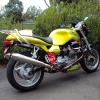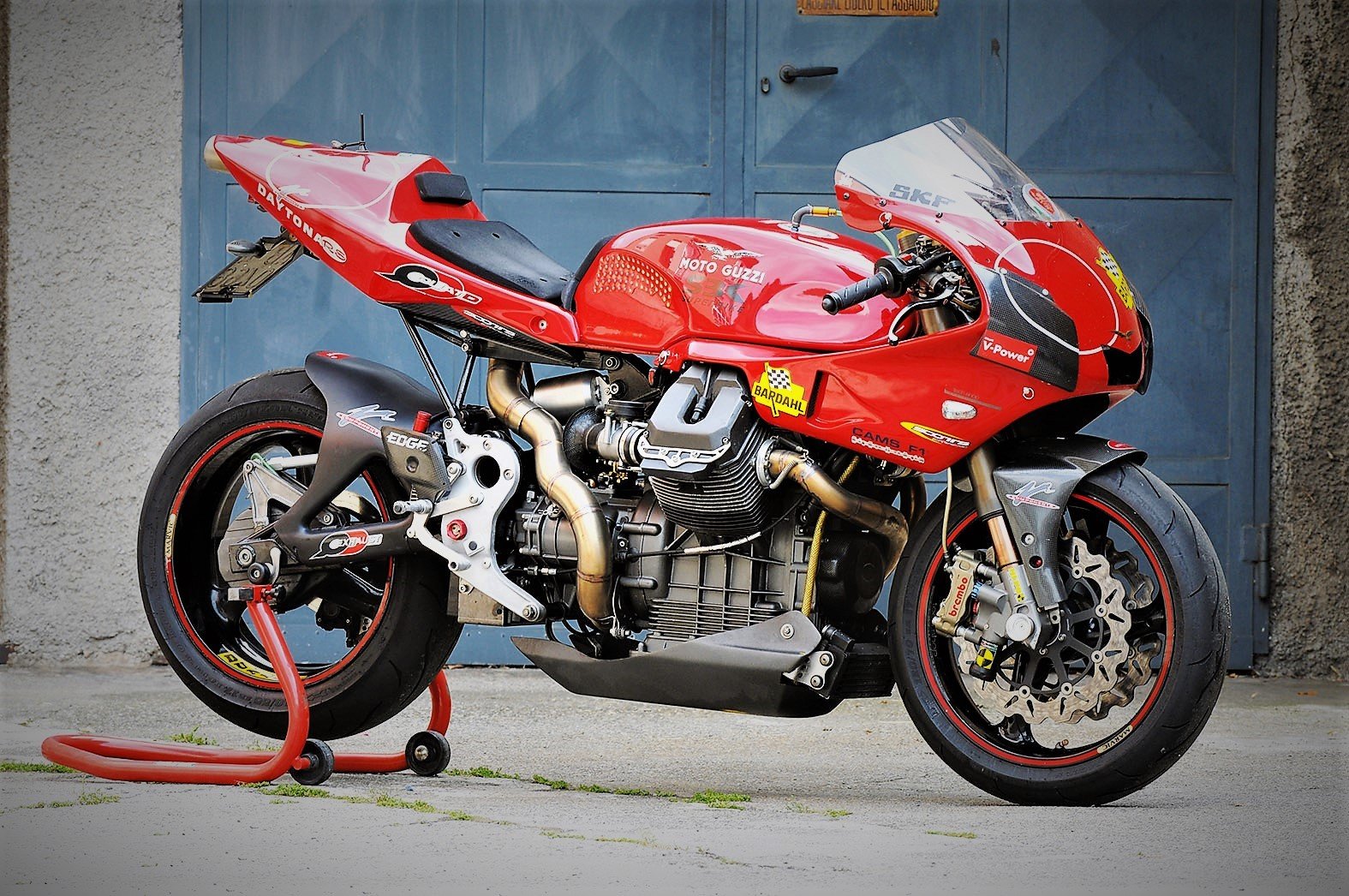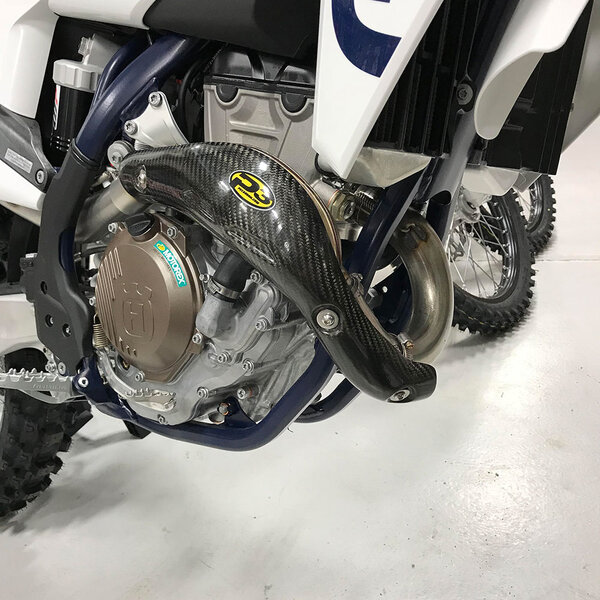-
Posts
5,002 -
Joined
-
Last visited
-
Days Won
257
Content Type
Profiles
Forums
Events
Gallery
Community Map
Everything posted by Lucky Phil
-
Here's one that does and what I use in my Daytona engine. Read the description also. I think on the Penrite sight these some good technical stuff from memory as well. You really need to dig and research more these days than you did 10 years ago. Back then it was all out there. https://penriteoil.com.au/assets/pis_pdfs/MC-4ST 10W-60 (100percent PAO & ESTER) .pdf
-
Yep, just. Ciao
-
A lower W number would be better docc, full Ester base of course. Now your engine is getting a few miles up it may be worth considering a 60 weight. Maybe a 10W-60. I run this in the Daytona engine and many use the 10W-60 in Germany. Ciao
-
True docc but there are so many bespoke oils now formulated for flat tappet engines specifically that don't compromise other areas there's really no need to use diesel oils anymore. Ciao
-
The missing link here in the data sheet is for the V11 is ZDDP (zinc) content for flat tappet engines. Phosphorous and sulphur from memory a a partial substitute but flat tappet oils usually have a minimum 1000ppm of zinc and the other two to help offset the reduction in zinc not replace it. Any oil designed to be kind to a CAT converter isn't going to be kind to flat tappets. Ciao
-
I believe this is the way it works. Its sleeved on one end to reduce the bearing ID and provides a shoulder as well for bearing spacing. the other end is flush up against the opposite bearing inner race. I've seen this technique on other wheels and it's what the parts book seems to indicate on this model as opposed to the later model with 2 25mm ID bearings and the usual flush ended spacer with a radial control ring on the OD. Ciao
-
Take the weight off the front with a jack under the engine and loosen off all the triple clamp bolts including the stem clamp bolt, wheel clamp bolts, front guard bolts, brake calliper bolts and axle then grab the wheel between your legs and jiggle the bars from side to side to release any tension and tighten up the triple clamp bolts then the stem clamp bolt then the axle nut drop the weight back onto the front wheel pump the forks up and down with your weight and then tighten up the axle clamp bolts the calliper mount bolts and the front guard mount bolts. Ciao
-
I just recorded the sum total of my Fork knowledge to date in my personal "data base", here's a copy. There is of course much more to know and for me to learn. Any additional data appreciated. KR…1999-2001. 40mm forks with 54mm stanchions and 25X20 axle and retaining nut. Free length 750mm. Silver stanchions and wheel bearings of 20 and 25mm ID with an internal axle spacer with a sleeve section for the 25mm ID bearing. Non Cartridge type damper. Comp and rebound damping on different legs, no preload adjustment. KS…2001-2002/3. 40mm forks with 54mm stanchions and NO retaining nut and a threaded L/H fork leg. Free length 750mm. Different axle (probably length) of 25X20. Wheel bearing 20 and 25mm ID and a sleeved internal wheel spacer for the larger ID bearing. Black stanchions and lowers. Cartridge type damper. Comp and rebound damping on different legs, no preload adjustment. KT…2002/3 onwards. 43mm forks with 54mm stanchion WITH retaining nut and no threaded leg. Free length 769mm (clip-ons moved to top of triple clamps) Black stanchions and lowers. Axle 30X25mm and wheel bearings both 25mm ID and internal wheel bearing spacer NOT sleeved. Cartridge type damper. Comp and rebound damping on different legs, no preload adjustment. Triple clamp offset changed slightly with the “long frame”. Ciao
-
Here's some interesting translated info from a German site I'm also on. I'm quoting from a long time poster there who was in the motorcycle business in Europe apparently. Probably not worth getting too carried away with "numbers" and "specialness" in the Guzzi world. Same with Ducati, there're Italian, the "Limited edition" and "model production numbers" rules are lets say, flexible. "It's like with the elves, the first 300 Rosso Mandello were limited with number and certificate, the next hundreds were only limited editions without numbers, Scura supposedly built the same only 600 pieces, we had the number 672 in the store at that time"
-
My knowledge on this is sketchy hence my recent research on the matter. Notice the 2 different P/N's for the axle. I suspect those are the numbers for the first KR bikes with the axle nut and for your bike with the threaded fork on the LHS. Two different axles. The later KT bikes has a different axle again or 25mm with once again a nut on the end and no threaded fork. It's this 2001-2002 period that the 40mm forks changes and then they went to the 43mm forks once again with the nut retention for the KT variant. I believe a 2003 bike should have the later 43mm forks and a retaining nut style axle and 25mm bearings on each side and a plain inner wheel spacer but the "Model year" confusion around this time which I thought was an American thing with 2002 left over bikes re designated 2003 or something so I don't take "model years" too seriously. If anyone has a pair of 43mm fork legs and an axle for sale I'd be interested. Ciao
-
Is this the original front end on this bike? IE the original wheel, forks and axle? I'm betting it's not. I happen to be looking at this subject as we speak. For starters the V11's have 3 types of front forks and 2 different axles at least . KR,KS and KT models all vary in their fork design and wheel retention and yes there are different bearings on earlier and later bikes and the earlier bikes have a sleeved inner spacer due to the bearing ID variation. Earlier have a 20mm and 25mm id bearing and later look to have 25 on both sides because later KT bikes have a 25mm dia axle not 20mm of earlier bikes. They also went from an axle nut to no axle nut and back to an axle nut again and went 40mm,40mm, 43mm. Ciao
-
You have either the wrong spacer or the wrong axle. What is the minor diameter of your axle? Ciao
-
Thats it docc. Opening the hole is no problem but grinding away the steel bracket to give clearance for the larger cap screw head is a pain unless you have a mill and then it would be straight forward. It's not obvious in the image. Ciao
-
Actually Pete there is one semi significant difference. Some have an 8mm side stand bracket threaded mount bolt hole and some have a 6mm bolt which can be a bit of a pain if you have the wrong one as I did when I did the V10 Sport. Didn't realise until I went to refit the side stand bracket. It's not straight forward opening up the 6mm side stand bracket hole to accommodate the 8mm cap screw head. Not without a mill anyway. Ciao
-
I'm not interested in using an oil that doesn't supply a TDS with ALL the information. The TDS's you often see these days dont list ZDDP content and other details. No details, no sale. I use a group 4 10W-60 in my Centauro engine and a 0W-40 Group 4 in the V11 engine. Ciao
-
Mobil1 is a full group 4 synthetic docc. Mobil invented group 4 oils from memory. Ciao
-
There really isn't a compelling technical reason to install the gears with the exception that you do away with a cam chain tensioner and the inertia of a double row chain flailing about. If you need to renew the cam drive system and tensioner because of wear and add up the cost of the new Guzzi components then the upgrade to gears isn't to expensive at all. Docc did the numbers on it a little while ago. Ciao
-
Can you provide a comprehensive data sheet for Motul oil, any Motul full synthetic oil? I've never been able to locate one. Ciao
-
About as basic as it gets. Thicker (higher viscosity oil) absorbs more power than a lower viscosity oil. Too low a viscosity doesn't provide the mechanical protection and as oil gets hotter it gets thinner. Here's a tip, with a full group 4 synthetic oil you should aim to run the lowest W viscosity you can get while still observing the upper viscosity requirement. In the Guzzi BB engine ZDDP content is an important issue and you should aim for nothing less than 1000ppm preferable 1200ppm minimum. Ciao
-
I read in the book " Not much of an engineer" By Stanley Hooker a massive name in RR the classic line from Hives who ran RR during the war when he first had a meeting with Frank Whittle to discuss RR building Whittles jet engine. Whittle said to him that his jet engine was a "simple Engine" to which Hives replied, "Don't worry we'll engineer the simplicity out of it" lol. Classic and true to this day. I've worked on American, European/American and English RR turbo props and high bypass jets and RR always seem to do it the complex way. Ciao
-
Yea, you wont get fuel boiling in the tank. You get weird venting noises sometimes but there's not enough heat coming off the engine to boil fuel in the tank. The temperature is high enough but there isn't the required BTU's to raise that quantity of fuel to boiling point. In a small metal fuel line there can be though under the right conditions. Ciao
-
Really? Ciao
-

Moto Guzzi V100 Sport Tourer: water cooled, 120 HP (26th of August 2021)
Lucky Phil replied to p6x's topic in Newer models
This makes no engineering sense at all. If the heat shield needs extra support to stop resonate vibration you just weld a small 10mm x 8mm round threaded button to the header pipe and an extra 6mm button head cap screw in a dimple mount pressed into the shield similar to the image. The only difference is the unit in the image apart from the material used is it's an add on and relies on SS clamps around the pipe to hold the fixing nuts. A production version would use what I have suggested or formed sheet metal tabs welded to the header with captive nuts. You wouldn't be using something like the new Guzzi uses to control heat shield vibration or heat shield support. Ciao -
From the album: lucky phils V11





